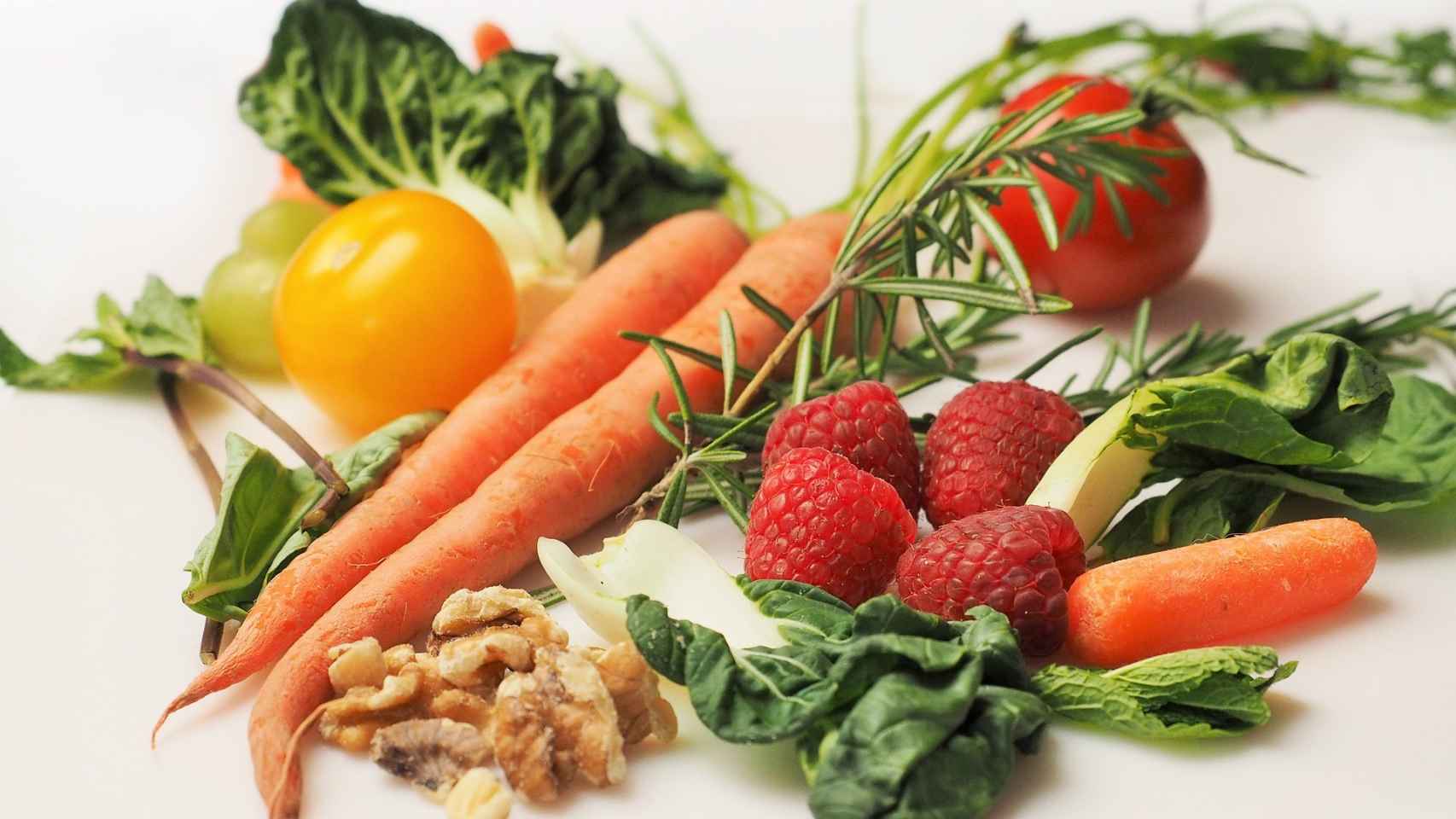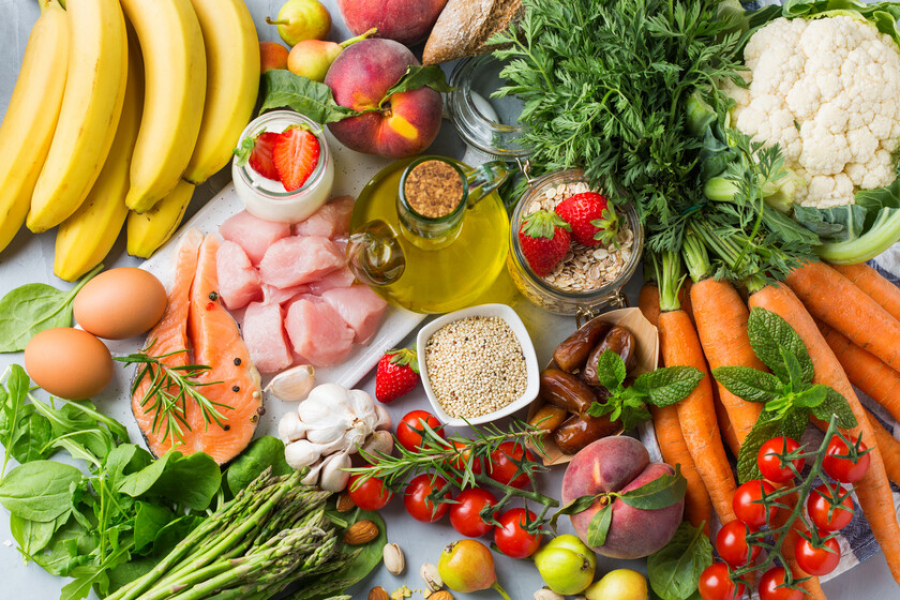Forecasts suggest that the cost will amount to $1.98 billion in 2023, that is 1.5% more than in 2022, when it had increased by 11%, and in 2021 by 18%, according to the 'Food Outlook' report of the Food and Agriculture Organization of the United Nations (FAO).
With these rates, a new historical maximum will be reached in 2023, although FAO forecasts that it will increase at a much lower rate than last year, as the rise in world prices, driven by the increase in the prices of fruits, vegetables, sugar and dairy products, discourages demand, especially in the most economically vulnerable countries.
Imports will continue to increase in the advanced economies, while for the least developed countries it will decrease by 1.5% in 2023 and will fall by 4.9% in the case of net food-importing developing countries.
In this regard, the report warned that this decline in food import volumes is a worrisome circumstance in both groups, suggesting a reduction in purchasing power.
"These concerns are compounded by the fact that the decline in international prices of primary food commodities has not, or at least not fully, translated into lower prices at the domestic retail level, suggesting that cost-of-living pressures could persist into 2023", the document reads.

The latest release of the 'Food Outlook' report points to likely production increases in most categories, including rice, coarse grains, oil crops, milk, sugar, meat and fish, and fishery products. However, it notes that world wheat production could be down from last season's record high.
Global agri-food production systems remain vulnerable to shocks, stemming from extreme weather events, geopolitical tensions, policy changes and developments in other commodity markets, which could change the delicate balance between supply and demand, impacting prices and global food security.

World coarse grains production is forecast to increase by 3.0% to 1.513 billion tons, a new record level, supported by an expected significant increase in corn production in the United States of America and a record crop in Brazil, which would lead to an increase in global supply and a decline in prices.
World rice production is forecast to increase by 1.3% in 2023-2024 to 523.5 million tons, while international trade is expected to decline by 4.3% in volume terms to 53.6 million tons.

FAO explained that the projected increase in production is mainly due to positive incentives from generally higher producer prices, lower fertilizer costs and continued government support measures. In contrast, it expects world wheat production in 2023 to decline by 3.0% from its all-time high of 777 million tons in 2022, mainly due to expected declines in Australia and the Russian Federation, which had recorded record productions last year. "This decline mostly reflects the possible effects of extreme weather events, which will lead to a decrease in planted areas", FAO said.
Global production performance of oil crops, milk and sugar will expand, as will that of meat, although pork and beef volumes could decline slightly in 2023.
Global aquatic animal production is also expected to increase in 2023, although this is due to a projected increase in aquaculture production as capture fisheries decline.
Translated by: A.M
 English
English  Español
Español 
